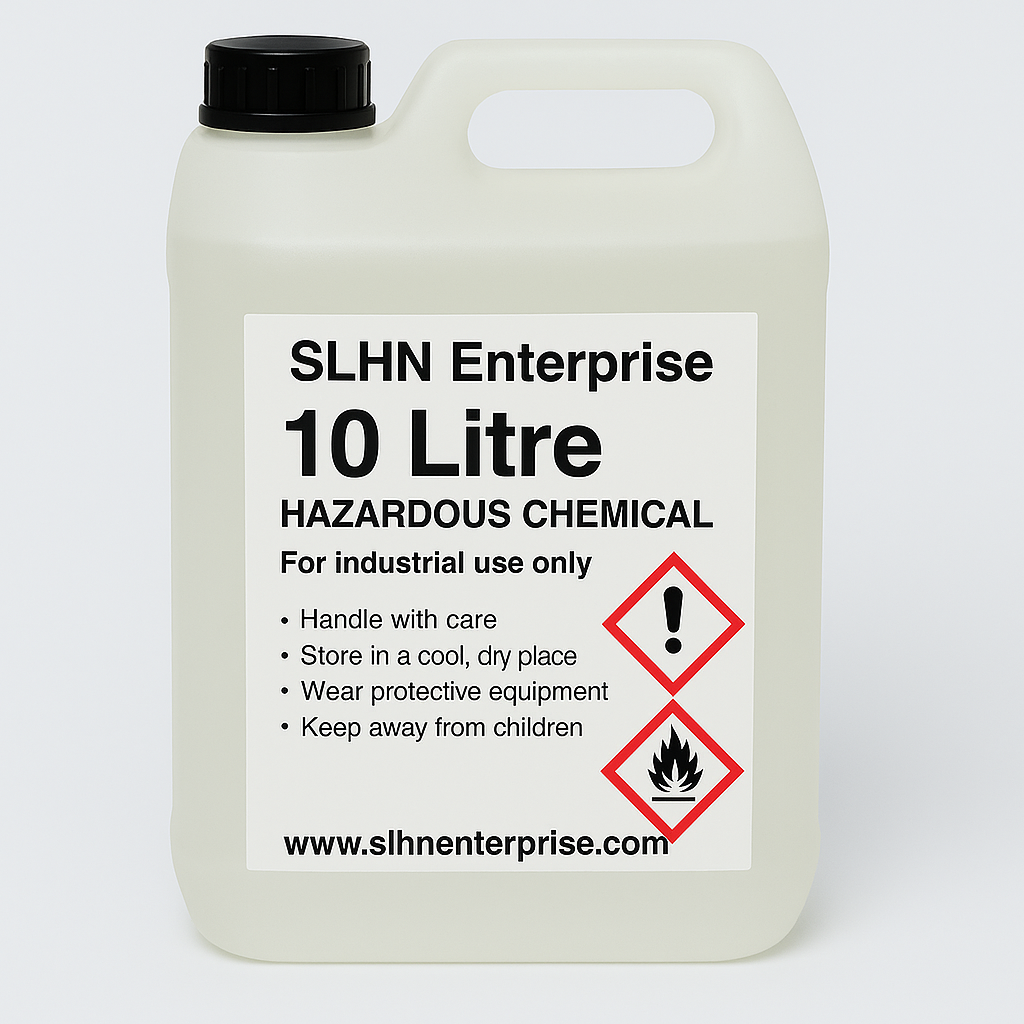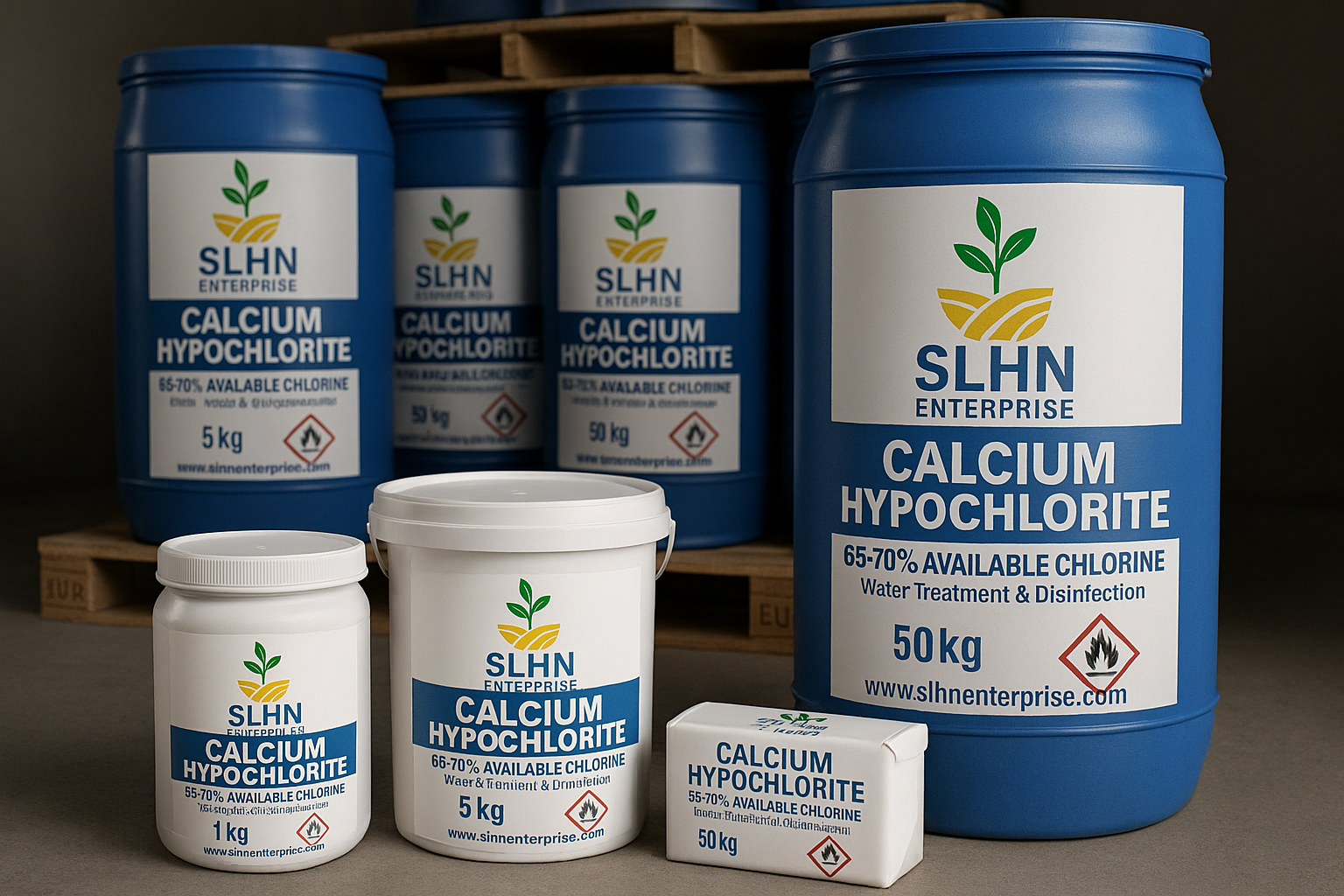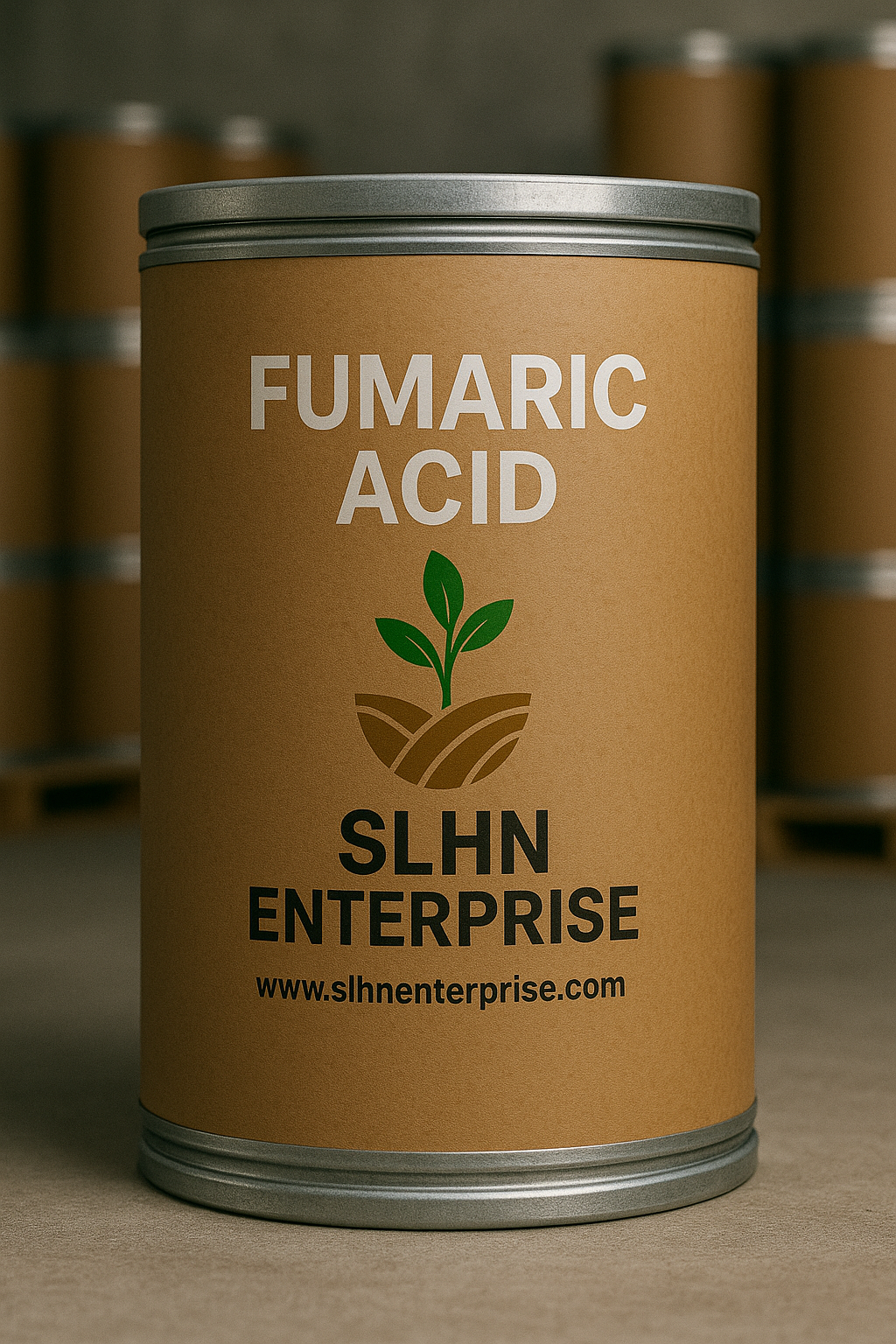Description
Snake Venom – Properties, Research Applications & Safety
Snake venom is a complex biological secretion produced by specialized salivary glands of venomous snakes. Rich in proteins, peptides, and enzymes, snake venom has evolved as a natural defense and hunting mechanism. Beyond its role in nature, snake venom is widely studied in scientific research, particularly for its applications in antivenom production, drug development, and biomedical studies.
🔬 Composition of Snake Venom
Snake venoms vary by species but generally include:
-
Neurotoxins – affect the nervous system
-
Hemotoxins – disrupt blood clotting and circulation
-
Cytotoxins – damage local tissues and cells
-
Enzymes – phospholipases, proteases, and hyaluronidases
These components make snake venom both dangerous in nature and valuable in medicine.
⚙️ Legitimate Applications
-
Antivenom Production – the primary medical use of snake venom
-
Pharmaceutical Research – studying proteins for new drug development (e.g., blood pressure medication, clotting agents)
-
Medical Diagnostics – biochemical studies of venom enzymes
-
Educational & Laboratory Research – toxicology, zoology, and biochemistry studies
⚠️ Safety & Handling
-
Must only be handled by trained professionals in controlled laboratory conditions
-
Requires specialized storage (typically freeze-dried or refrigerated)
-
Classified as a restricted and regulated substance in most countries
-
Transportation and use are subject to strict permits and international regulations
🌍 Regulatory Overview
Because of its potential danger, snake venom is highly regulated. Handling, storage, or research use requires licenses, government approvals, and compliance with CITES, WHO, and local biosafety laws. Unauthorized possession or distribution is prohibited.








Reviews
There are no reviews yet.